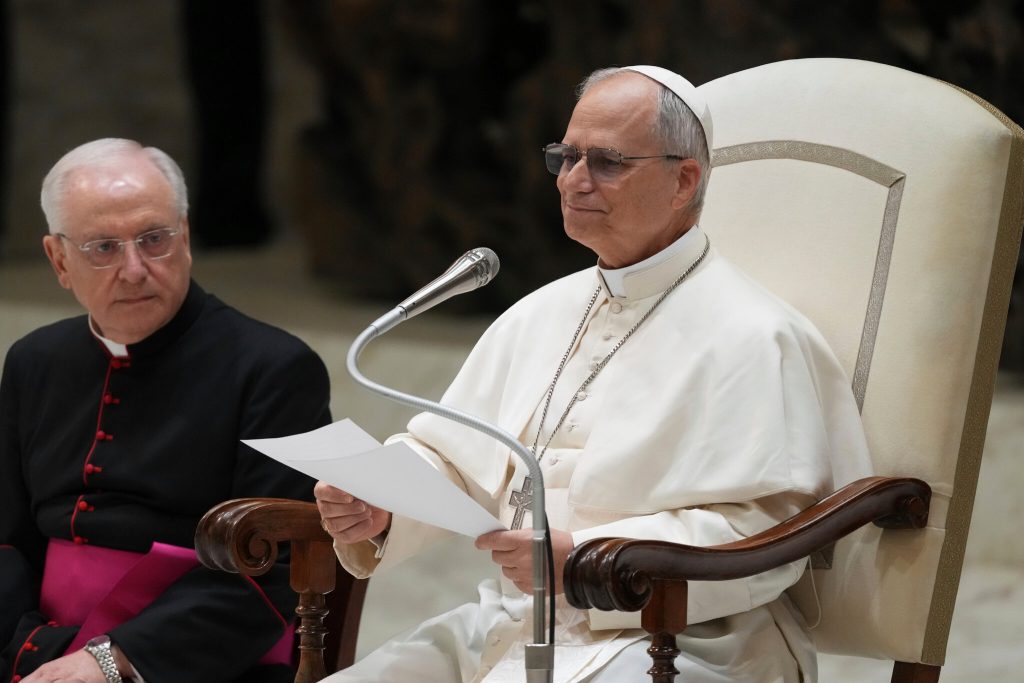The First American Pope: What Leo XIV Means for Catholics Worldwide

By: James Heider
May 29, 2025
During a momentous Easter weekend, Pope Francis, the leader of the Catholic Church, passed away at the age of 88—on one of the faith’s most sacred holidays. His death sent shockwaves through the Church’s more than one billion followers worldwide, including 62 million in the United States, leaving many to contemplate the future of their religion. Known for his progressive views, Pope Francis stirred both admiration and debate among Catholics with his advocacy for climate action and his efforts to promote inclusivity for LGBTQ individuals and women’s rights within the Church.
With the passing of Pope Francis, the conclave has selected 69-year-old Robert Provost as the next leader of the Catholic Church, making him the first American Pope in history. Born and raised in the Chicago area, Provost holds both American and Peruvian citizenship, having dedicated much of his life to missionary work in Peru. His appointment marks a historic shift for the Church, but how will his leadership impact the average American Catholic?
In his first public address, Pope Leo XIV emphasized “building bridges” and standing by those who have suffered, highlighting peace, unity, dignity, and the rights of the poor and working class. His leadership comes at a pivotal moment for the Catholic Church, as uncertainty looms over whether he will continue Pope Francis’s progressive stance or shift toward the more conservative values dominant among bishops and practitioners. How will Pope Leo XIV’s approach shape the Church’s future?
Pope Leo XIV and former Pope Francis share a common vision on immigration, women’s roles in the Church, and climate action. Earlier this year, Francis strongly condemned Trump’s anti-immigration stance, even writing to American bishops to criticize his policies and call out JD Vance for using Catholicism to justify deportations. Leo echoed this sentiment on social media, stating, “JD Vance is wrong: Jesus doesn’t ask us to rank our love for others.”
Leo also backed Francis’s push to make the Vatican more environmentally friendly, supporting the transition to solar panels and electric vehicles. He has prioritized climate change as a key issue in his papacy. Additionally, Leo seeks to expand women’s inclusion in Church leadership, having overseen Francis’s groundbreaking decision to allow three women into the voting bloc for bishop nominations—a significant step forward, as women are still barred from becoming priests.
Pope Leo XIV and Pope Francis diverge on LGBTQ inclusion within the Catholic Church. Francis sought to recognize same-sex marriages in Catholic churches, sparking controversy among members. While Leo XIV has not recently addressed the issue, his past actions suggest opposition. He previously spoke out against gender education in Peru, arguing that it promotes “genders that don’t exist,” and in 2012, he criticized Western media for fostering acceptance of same-sex relationships and non-traditional families.
While the Pope holds no direct political power over American policy, his global influence is undeniable. With hundreds of millions of followers worldwide, his stance on key issues can shape discourse and even impact decisions within the U.S. government. As the current administration identifies as Catholic, the Pope’s positions may hold considerable weight, making it crucial to track his leadership, especially in times of political uncertainty.
